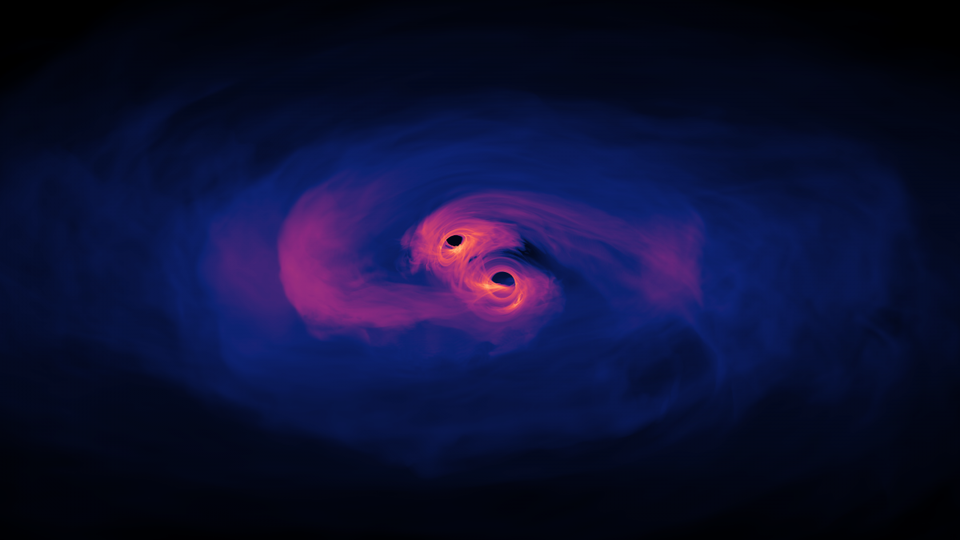New LIGO Events Demolish The Idea Of A 'Mass Gap' Between Neutron Stars And Black Holes

This simulation shows the radiation emitted from a binary black hole system. In principle, we should have neutron star binaries, black hole binaries, and neutron star-black hole systems, covering the entire allowable mass range. In practice, we saw a longstanding 'gap' in such binaries between about 2.5 and 5 solar masses. With the newest LIGO data, that gap seems to disappear.NASA'S GODDARD SPACE FLIGHT CENTER
Ethan Siegel
Mar 20, 2020
On Monday, March 16, 2020, astrophysicist Carl Rodriguez expressed a sentiment echoed by gravitational wave physicists all across the world: NOT NOW LIGO! Just minutes earlier, the LIGO collaboration sent out an alert suggesting that it had just detected another gravitational wave event, the 56th candidate detection since starting up its latest data-taking run in April of 2019. This one appears to indicate the merger of two black holes, like so many others before it.
Unlike most of the others, however, this one might be the nail-in-the-coffin of the idea of a "mass gap" between neutron stars and black holes. Before LIGO turned back on last April, all of its events, combined with otherwise-known neutron stars and black holes, showed two distinct populations: low-mass neutron stars (below 2.5 solar masses) and high-mass black holes (5 solar masses and up). This latest event, however, falls right into the mass gap range, and could demolish the idea once and for all.
See full text